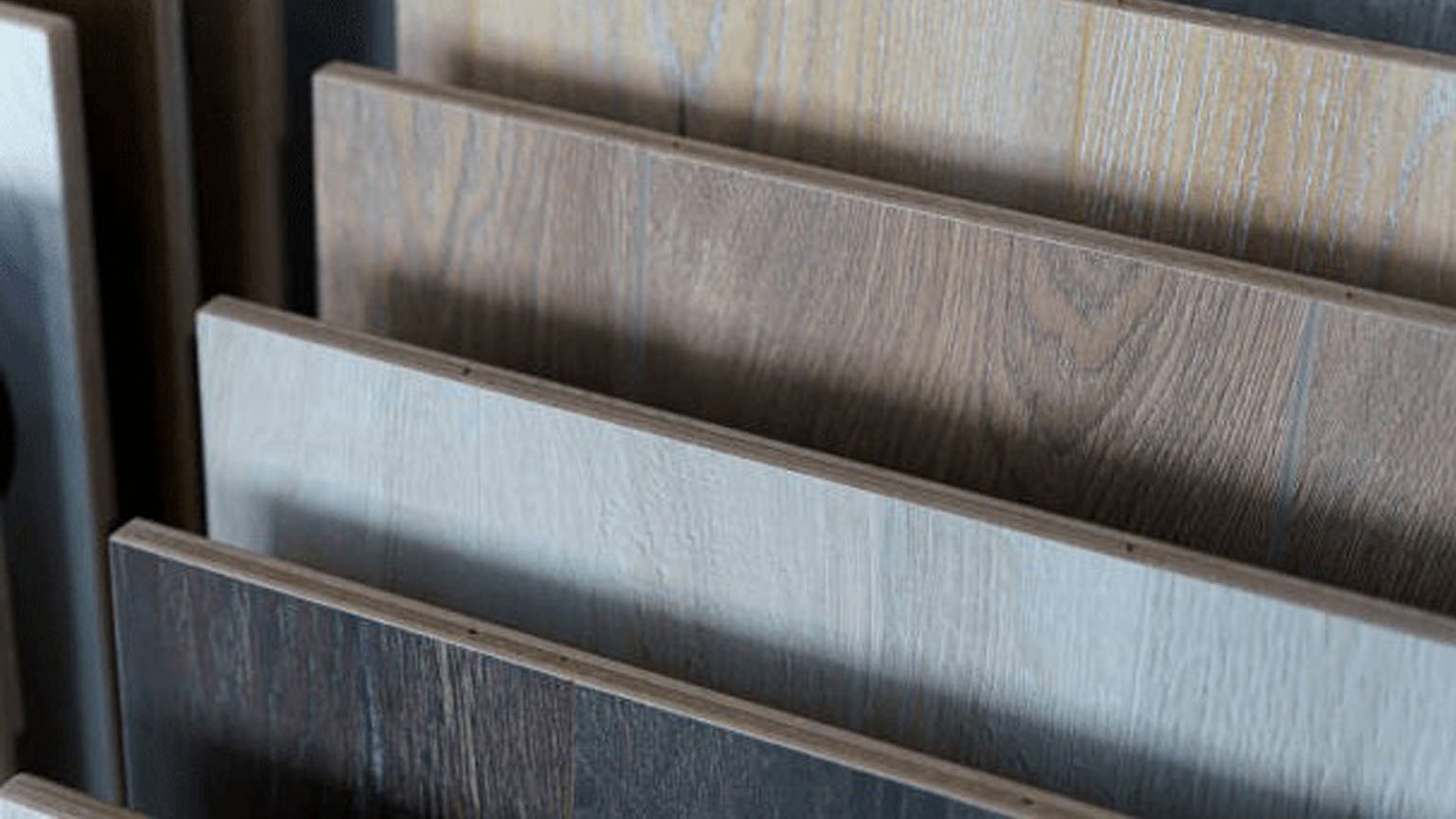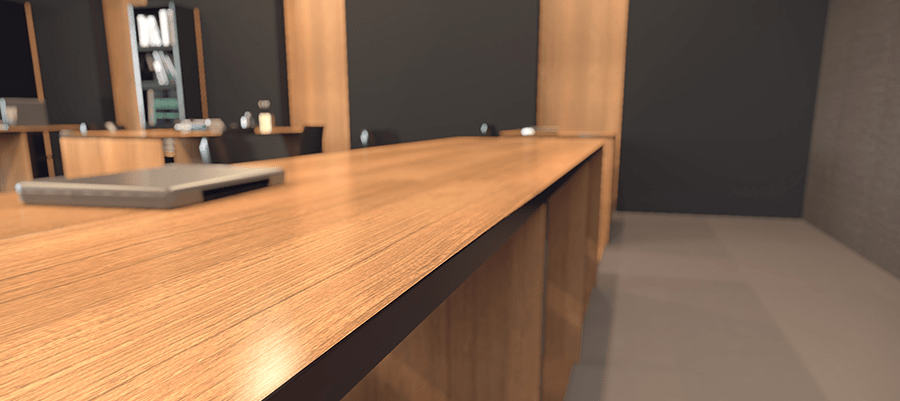Laminate materials have become a versatile and popular choice in various industries and applications due to their durability, aesthetic appeal, and cost-effectiveness. In this article, we will take a closer look at different types of laminates and their unique characteristics.
In the realm of modern design and architecture, few materials have managed to capture the imagination quite like compact laminate. This versatile and durable composite material has emerged as a game-changer in various industries, revolutionizing the way we think about surfaces, furniture, and architectural elements. With its exceptional qualities and aesthetic appeal, compact laminate has become an essential choice for those seeking longevity, style, and sustainability in their projects.

The Rise of Compact Laminate
Compact laminate is a composite material made from layers of kraft-paper that have been impregnated with resin and then compressed under high pressure and temperature. This manufacturing process results in a solid and dense sheet with outstanding structural integrity. While compact laminate has been around for decades, its popularity has surged in recent years, primarily due to its remarkable durability and versatility.
Strength and Durability
One of the defining characteristics of compact laminate is its sheer strength. It’s a material that thrives under pressure – literally. Thanks to its dense composition, it can withstand heavy loads without the risk of warping or bending. This resilience makes compact laminate a go-to choice for kitchen countertops, tabletops, and work surfaces that endure daily wear and tear.
Its durability doesn’t stop at strength; compact laminate is also highly resistant to impact, making it an ideal option for high-traffic areas, such as restaurants, schools, and healthcare facilities. Whether it’s resisting the impact of a dropped object or withstanding the constant flow of foot traffic, compact laminate maintains its integrity over time.
Furthermore, compact laminate exhibits impressive resistance to moisture, chemicals, and extreme temperatures. This attribute makes it a reliable choice for both indoor and outdoor applications. In outdoor settings, it can endure the harshest weather conditions without deteriorating, ensuring a long lifespan for structures and furniture.
Versatility Beyond Imagination
Compact laminate’s versatility is another compelling aspect that sets it apart from other building materials. Architects, designers, and builders are drawn to it for its adaptability and limitless design possibilities. Its wide range of finishes, colors, and textures allows designers to create spaces that span from sleek and modern to rustic and traditional.
In the world of interior design, compact laminate has made its mark on kitchen and bathroom surfaces. Countertops and vanity tops crafted from compact laminate offer not only a stylish appearance but also unrivaled durability. They can withstand the rigors of daily use, including hot pots, sharp knives, and spills, without showing signs of wear and tear.
Compact laminate has also found its place in commercial spaces. From restaurant tables and bar tops to retail displays and reception desks, it brings a combination of aesthetic appeal and robust performance that is hard to match. It’s easy to maintain, which is crucial for businesses striving to create a polished and inviting environment.
In outdoor applications, compact laminate’s resistance to moisture and weather makes it an excellent choice for decking, outdoor tables, and seating areas. It retains its beauty and strength even when exposed to rain, UV rays, and temperature fluctuations. This makes it a smart investment for those looking to create inviting outdoor spaces that stand the test of time.

Eco-Friendly Credentials
The power of compact laminate extends to sustainability. Many manufacturers prioritize environmentally responsible production processes and materials. Compact laminate often incorporates recycled kraft paper, low-emission resins, and sustainable manufacturing practices, aligning with the growing demand for eco-conscious choices in design and construction.
Moreover, the longevity of compact laminate contributes to sustainability by reducing the need for frequent replacements and minimizing waste. In a world increasingly concerned with environmental impact, compact laminate stands as a powerful symbol of responsible material selection.
Architectural Marvels
Compact laminate is not just for interior applications; it’s also making waves in the realm of architecture. Its versatility allows architects to use it in exterior cladding, where it provides both insulation and a visually appealing finish. It’s an ideal choice for buildings that need to withstand the elements while maintaining their aesthetic appeal.
High-traffic commercial spaces benefit from compact laminate’s durability and ease of maintenance. Whether it’s for wall panels, partitions, or doors, compact laminate can handle the demands of busy environments while looking sleek and modern.
The Future of Design and Construction
As we continue to demand more from our built environments, compact laminate is poised to play an increasingly central role in design and construction. Its unrivaled strength, durability, versatility, and sustainability make it a material of choice for architects, designers, and builders worldwide. Whether you’re embarking on a residential renovation, a commercial project, or an architectural marvel, consider harnessing the power of compact laminate to create spaces that not only endure but also inspire. In a world where design meets durability, compact laminate emerges as a true champion.
